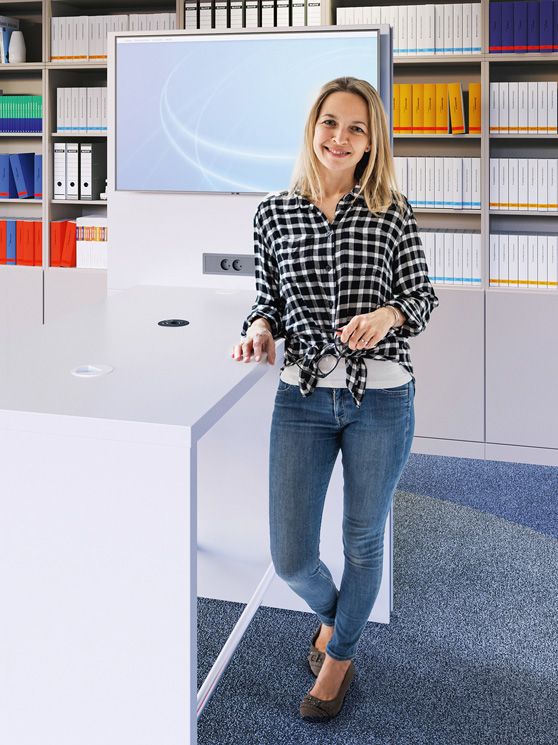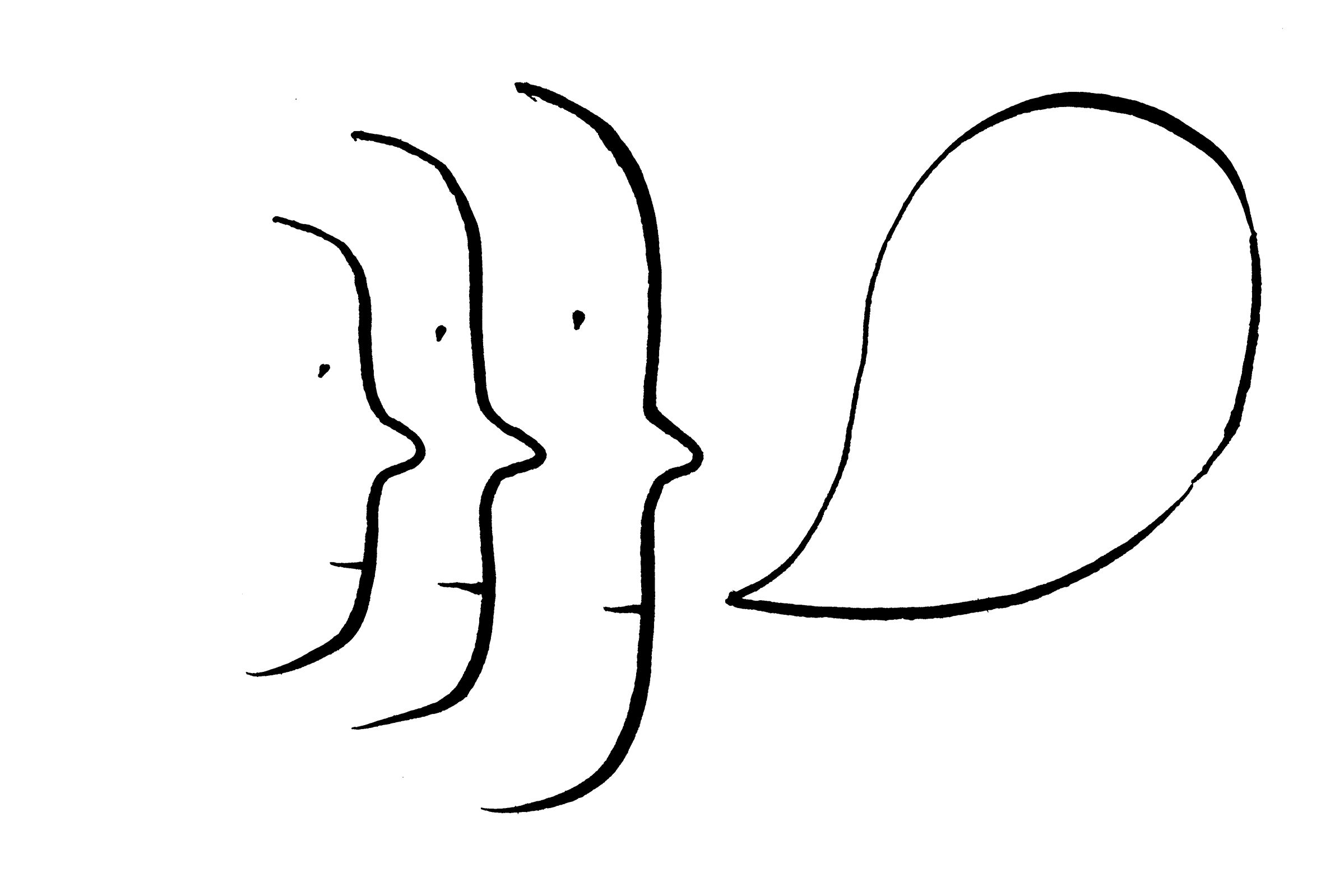Did you know that around 400,000 pieces of information blitz our sensory organs every second?
The eyes, nose, ears and skin work very hard! And the limbic system in the brain, which influences our emotions and intuitive decision-making processes, runs at full pelt. We take in many of these stimuli unconsciously, but they still influence how we feel and behave.
Anyone who designs rooms nowadays therefore has to include the human sensory system in their thinking and set out to address them. Health-oriented room concepts set great store by natural daylight, relaxing acoustics, a comfortable temperature and attractive materials. This enhances the mood and the performance of the staff. Stimulation of the musculature and motor system and the sense of balance is just as important. We at VS bring it all together

Training for all Senses
People have specific sensory organs that are located in the inner ear (sense of balance) and in the muscles, tendons and joints. Like ‘eyes’, these sensors monitor the interior of the body and register the smallest changes; they also have a stimulating effect on our brains.
The only way this vestibular-proprioceptive sensory system stays fit and keeps our nerve cells on the go is if it is stimulated. The sense of balance and the muscle and motion sensors need a regular change of position – just like our eyes need daylight and our noses need fresh air.
Movement also influences our biochemical system: if we are active, molecular neurotransmitters are released that promote the growth and networking of nerve cells. Scientific studies show that there is a close connection between a physically active lifestyle and neural-cognitive health.
That’s why ergonomics at work nowadays means more than a straight back. It considers the whole motor system and our sensory system.

Wobbling Welcomed!
Children do it instinctively: wobbling on their chairs, lounging on them, or sometimes just turning round with their tummies facing the chair back. And that’s good! Because a child’s brain needs movement. Sitting still in the same position for more than 15 minutes? No thank you! Incidentally, the same is true for teenagers and adults.
As soon as muscle fibres are activated, there is a positive effect on the body, mind and soul. The organs are better supplied with blood, the brain is supplied with more oxygen. And not only that: fat and sugar metabolism also accelerates, the growth and networking of nerve cells gets up to speed. With the result that performance improves.

Exercise Keeps You Healthy – And Makes You Clever
‘Sitting is the new smoking.’ Have you ever heard anyone say that? The fact is we sit more than ever before nowadays, and that has considerable negative consequences.
Studies show that the energy metabolism during passive sitting is so low that the risk of diseases such as obesity, type II diabetes, high blood pressure, dementia and cancer increases significantly.
It doesn’t have to be this way. Therefore our ambition is to free you from the trap of sitting lethargically. Because permanently sitting still leads to stagnation, including mental stagnation.
Flexible Sitting on Moveable Seats
Chairs should provide a lot of flexibility, not just for children but also for adults. But what does that actually mean?
Firstly, chairs should adapt to different body sizes. That means they must either be height-adjustable or be available in different sizes.
Secondly, mobile sitting instead of sitting still is what’s needed. Chairs should therefore have a seat that can move in three dimensions. This supports even the smallest individual movement impulses, thus promoting healthy, flexible sitting.
The crux of it all is the pelvis: the whole musculo-skeletal system is activated through it, the back, shoulders and neck remain relaxed, the blood can circulate unhindered. This has a positive influence on the ability to concentrate in the short and medium term and on brain activity.
The advantages of a multi-dimensional moveable seat:
Supports changes of position
Supplies the discs with nutrients
Stimulates the muscles involved in sitting
Supports the fat and sugar metabolism
Activates the more than 100 joints in the spinal column
Dynamically stresses and relieves the internal organs
Encourages the blood circulation and thus the supply of oxygen to every organ
Stimulates brain activity

Come to the Table!
It may surprise you, but tables can also play a part in everyday life at the office involving moving more.
Far too often, offices only contain tables and desks for sitting at. But standing desks provide a healthy change and should be part of the basic equipment. Our standing desks are fitted with footrests for dynamic standing. They encourage spontaneous changes of posture and are especially suited to group work. For larger groups, several desks can be pushed together.
Our desks on casters offer maximum flexibility. They can be moved easily and constantly placed in different groups in different places.
Inspirations

As you can see, ergonomics at work is a vast subject - and a worthwhile investment. That is why many experts working for us cooperate on designing furniture and its integration into the overall concept. Our experienced teams of advisors will ensure that everything ultimately fits together.
..

Do you know someone else who may be interested in this page?
Just share it!